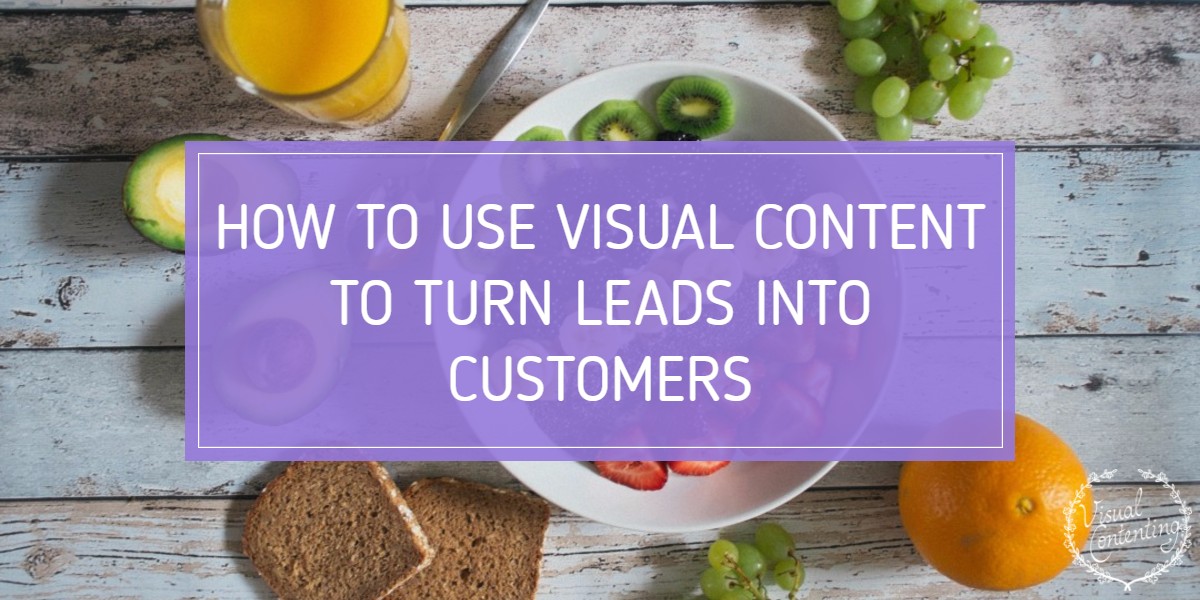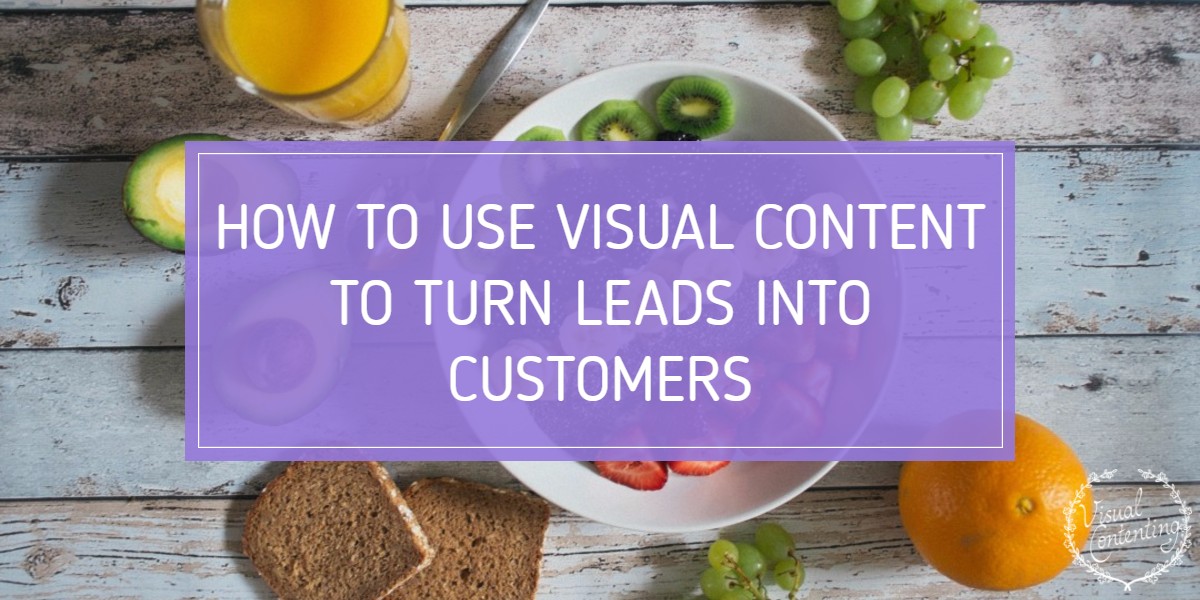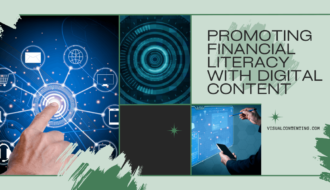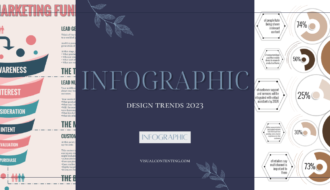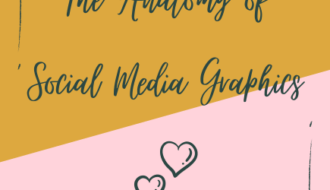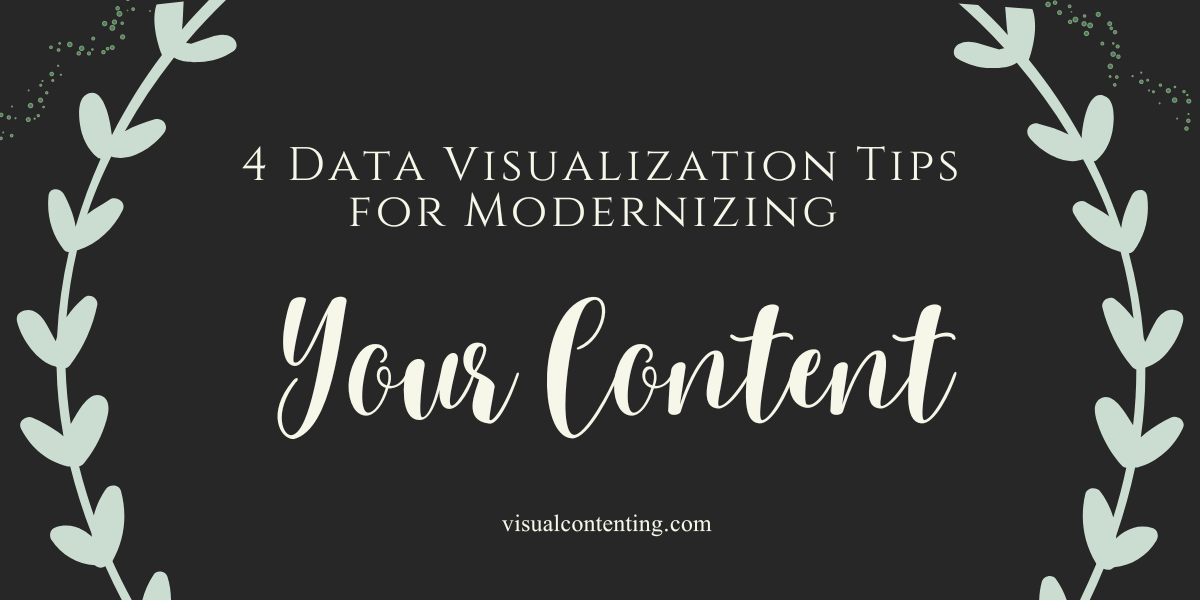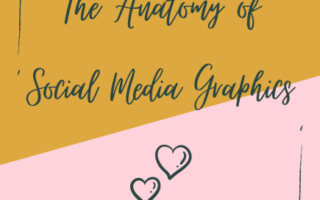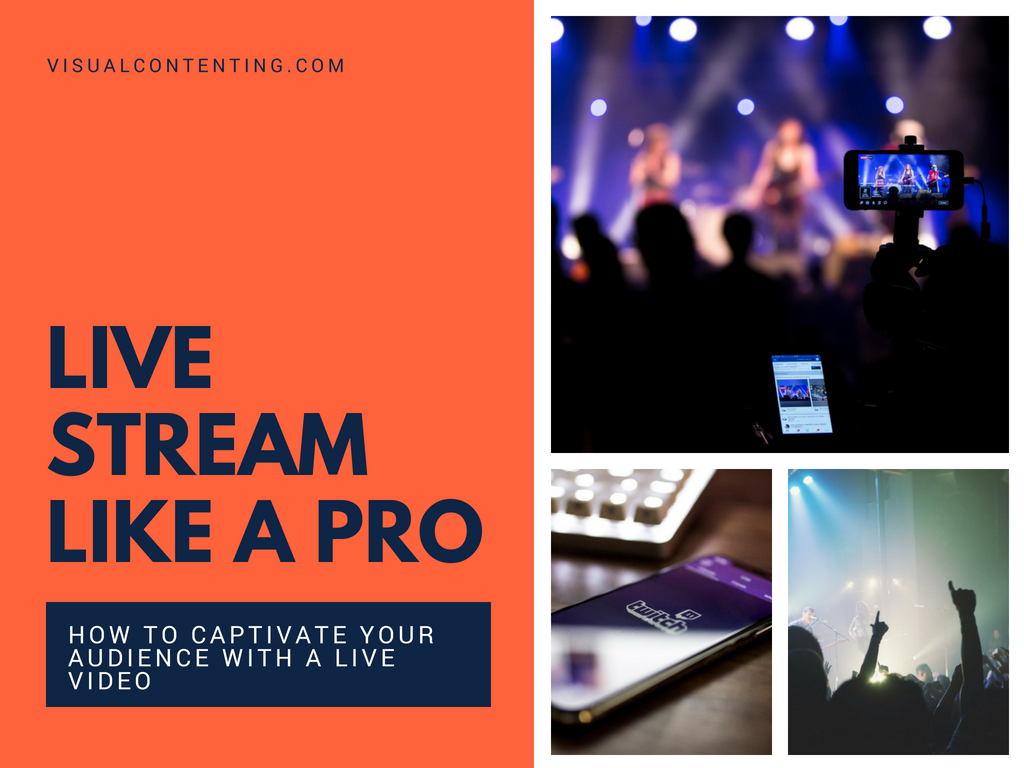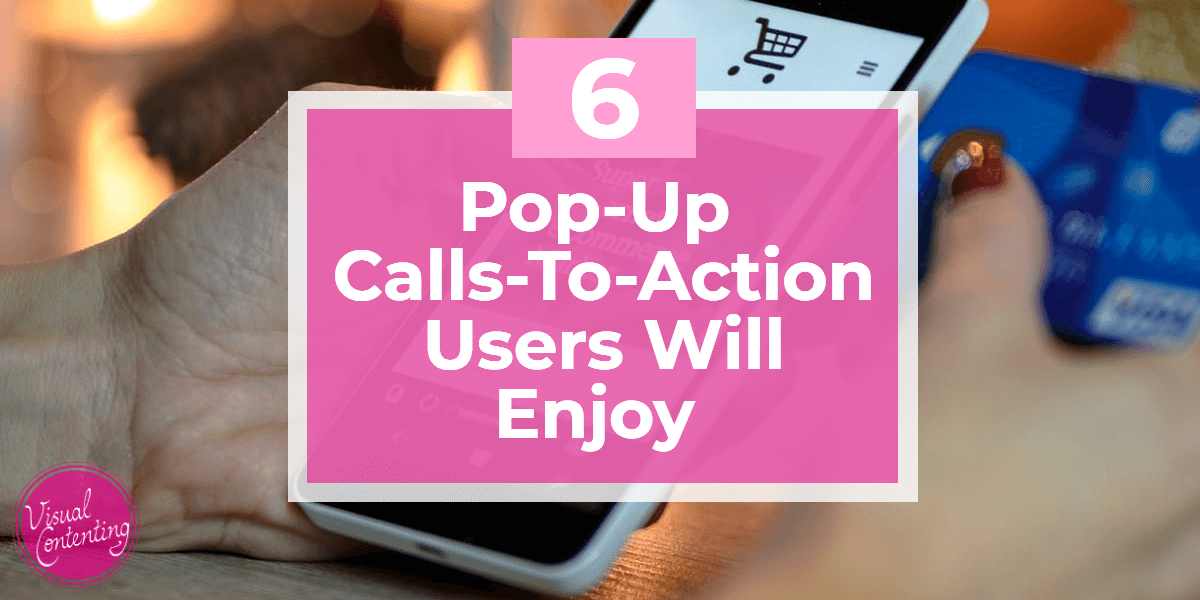Converting leads into customers is not easy. If it was, all businesses would be generating billion dollar incomes. The hard part is working out an effective marketing strategy. In today’s online marketplace, customers have seen it all before and it is now much harder to generate the right level of interest to persuade people to click on a link. However, targeting the right visual content can make a huge difference to your success rates – and here’s how.
A Place for Traditional Marketing
There is still a place for traditional marketing. Companies like Paramount Communications Leads Marketing can often achieve a high level of success for their clients, so it is important that you don’t overlook the value of telephone marketing and word of mouth referrals. However, when it comes to online marketing, visual content packs a lot of punch.
Text-based content preceded visual content. When internet marketers first discovered the benefits of using online media to market businesses, they wrote blogs, press releases, and social media posts to attract attention and build a brand. Today, these techniques are still viable, but visual content has become increasingly important.
Visual Content Statistics
Recent statistics published on the Social Media Examiner show that 37% of marketers believe visual marketing is second only to writing a blog. People find visual content far more compelling than a page of text. We love to watch videos, check out funny photos, or skim an infographic. In fact, readers are far more likely to share videos and photos than they are text content. An important point worth making is that visual content is more memorable. Only 10% of readers remember a piece of text after three days, but 65% of them will recall visual content.
There are several different types of visual content you can use to generate new leads. These include images, videos, infographics, memes, slide presentations, and screen shots. Each one is useful, so mix and match to suit your brand.
- Text-based content always benefits from an image or two. Use a relevant image to break up blocks of text and keep the reader interested. If you don’t have any original photos, use Creative Commons to search for copyright free images.
- Video content is very powerful. Adding video content improves conversions by a huge amount and they are very easy to produce. Use a digital video camera to create ‘how-to’ videos or product demonstrations. This type of content generates plenty of links and converts well.
- Infographics and memes are important, especially on social media and with a younger audience who love to share humorous content.
- Presentations are one step up from an infographic, so if you have a lot of data to disseminate, create a presentation for SlideShare.
The Power of Visual Content
You should not underestimate the power of visual content. A failure to prioritize visual content could seriously damage your marketing campaign, so put time and effort into creating interesting content that people are likely to share with their friends. The more shares you garner, the more lead conversions you will enjoy.
Related Posts
Community manager at Visual Contenting. Jacqueline loves to talk about social media trends, new technology and how they help businesses accelerate their marketing efforts.
